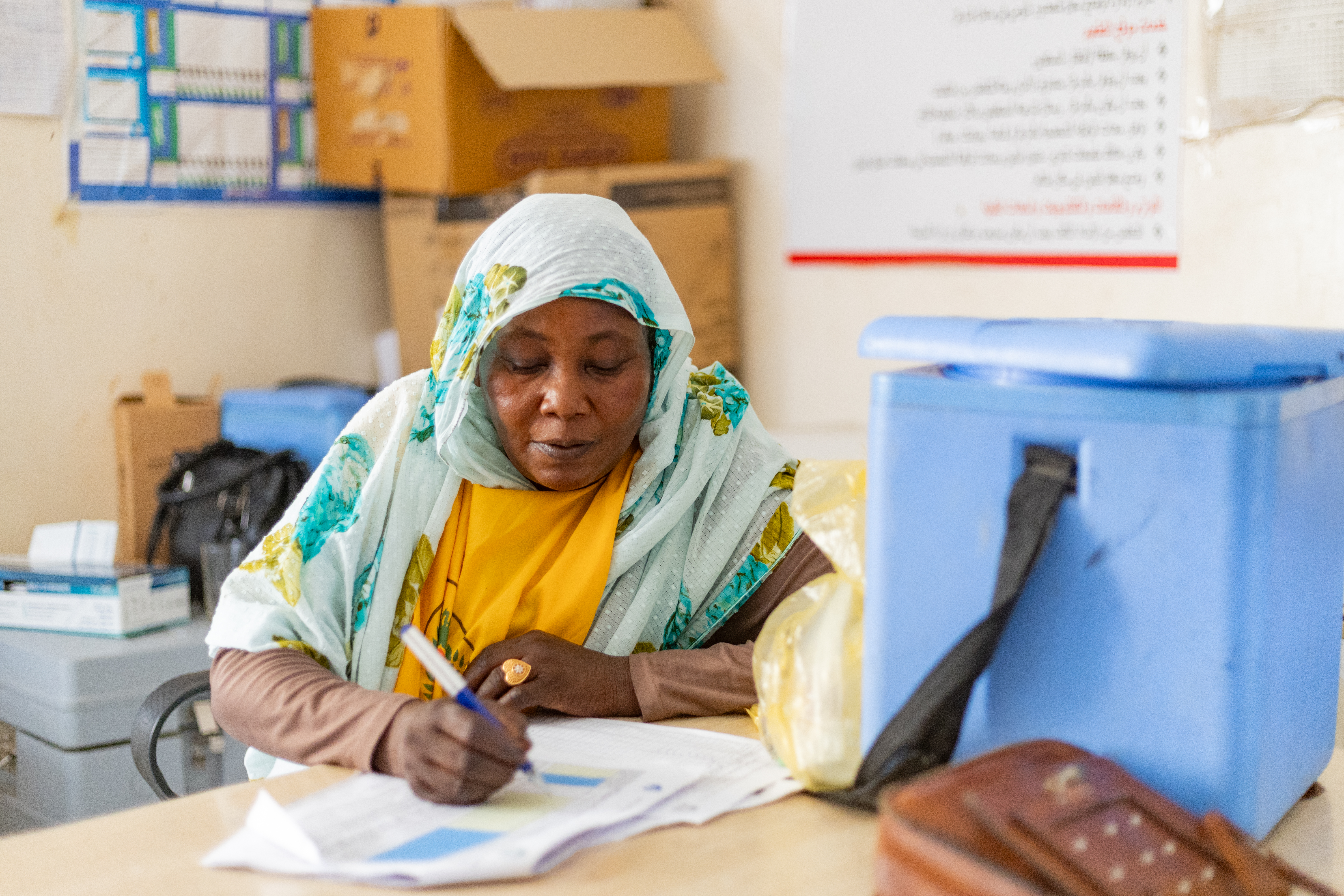A new paper, published by the People that Deliver (PtD) coalition in the Global Health Science and Practice journal proposes three promising practices that countries can adopt to build their human resources (HR) capacity and transform supply chain performance.
It posits that evaluating human resources (HR) for supply chain management (SCM) weaknesses, enhancing supply chain transparency by producing reliable data, and offering flexible learning opportunities for SCM professionals can all lead to increased supply chain efficiencies.
According to Mahama Duwiejua of Pharmaceutical Systems Africa, lead author of the paper, “Although proven health supply chain strengthening techniques exist, the level of adoption of these practices has varied across countries, resulting in multiple capacity gaps and underperforming supply chains.
“We realise that there is no one-size-fits-all solution to these issues but at the same time countries could see real benefits by using promising practices—that is, using targeted, innovative interventions. Is it these that are the focus of this paper,” he added.
Practices for all contexts
The suboptimal management of heath supply chains in low- and middle-income countries (LMICs) often results in avoidable commodity shortages and wastage. The three case studies illustrate how – in three different contexts – the issues of weak staff capacity, overdependence on obsolete electronic logistics management information systems and the absence of appropriate eLearning platforms were addressed, boosting the performance of health supply chains.
Promising practice #1: Theory of constraints analysis in Ethiopia
In 2018 the Admas Programme was launched with support from Pamela Steele Associates (PSA) and its partners, and funding from the Bill & Melinda Gates Foundation, to strengthen supply chain and human resource directorates’ technical and behavioral capabilities. PSA used People that Deliver’s theory of constraints analysis to reveal the supply chain factors hindering access to health commodities and systematically guide the implementation of interventions to address the constraints.
The process revealed gaps such as weak workforce capability, a lack of performance measures and rewards, and low motivation. The subsequent validation workshop yielded several recommendations, including the adoption of the agile-based methodology, using a change commitment curve, process maps, and scorecards, and applying the plan-do-act check for each bottleneck. Once implemented, these recommendations led to significant improvements in technical supply chain management competencies, processes, and reduced supply lead times and costs, and greater supply chain maturity.
According to Pamela Steele, chief executive officer of Pamela Steele Associates and co-author, “A critical success factor was EPSS staff taking responsibility and ownership of their supply chain operations and decisions, thereby reducing their dependency on external technical expertise.”
Promising practice #2: An integrated logistics supply chain management information system in Ghana
In 2019 a national supply chain assessment concluded that Ghana’s supply chain had several deficiencies across functions, levels and ministry of health agencies, and lacked data visibility, coordination and alignment of incentives and objectives.
A key component of Ghana’s response was the development of the Integrated Logistics Management Information System (GhiLMIS), an eLMIS that promotes greater efficiency through a web-based platform that connects all supply chain functions, ensuring data timeliness, visibility, completeness and accuracy.
In the first quarter of 2023 uptake and use of GhiLMIS increased to 80 percent by the first quarter of 2023 for at least one of the system modules. Operational efficiencies were also seen, such as an overall decrease of 98 percent in transactional cycle time across all implemented sites.
Duwiejua said “Reliable data availability and analyses are the backbone of a functional supply chain; by promoting end-to-end data visibility and analytics across all supply chain levels using real- or near-real-time quality transactional data, GhiILMIS certainly promotes transparency.”
Promising practice #3: Mobile learning across Africa
The World Health Organization (WHO) has developed and rolled out AFRiSC: a mobile social learning tool that reinforces the capacity and competencies of cold chain and logistics staff and managers operating and managing immunisation supply systems (ISC) in different WHO/AFRO countries.
The tool is expected to lead to improved ISC staff competencies and an empowered workforce at all levels, as well as the creation of a network of ISC staff among the 47 AFRO member states fostering a stronger ISC culture, peer learning and sharing, and improved capacities for WHO to monitor the learning and performance of ISC staff within the 47 member states.
WHO has defined a strategy to scale up this intervention: the first phase will target Francophone and Anglophone countries in Africa. In its second phase, AFRiSC will be made available in Spanish and Portuguese. In its third phase, AFRiSC could be expanded to other WHO regions and integrate other essential health programmes. AFRiSC is free of charge and can be institutionalised in some countries as part of the national master training plan for ISC personnel.

